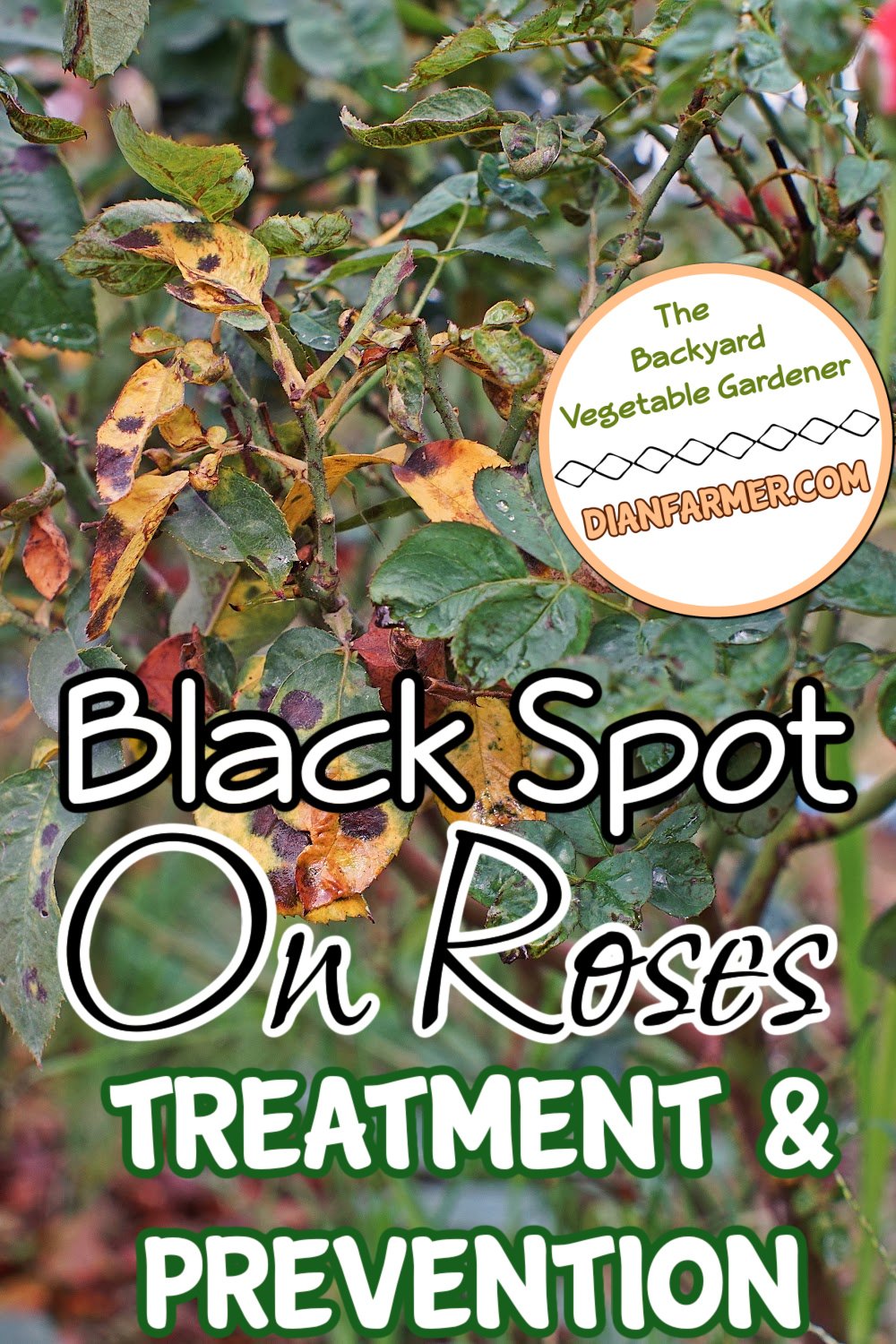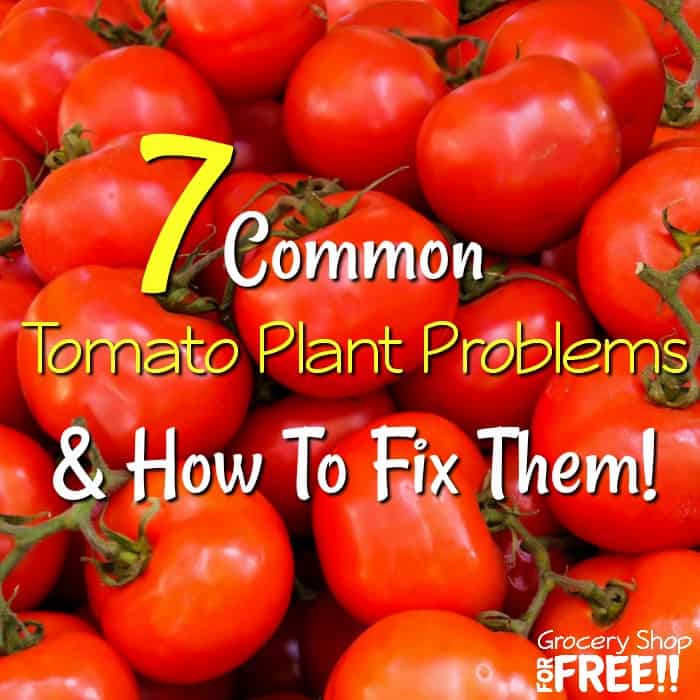So you’ve planted those lovely tomato fruits seeds. You’ve made sure they’re well supported. You’ve even kept them watered and fed with fertilizer. You’re waiting for your bountiful harvest not even anticipating tomato plant problems.
But lo and behold, once they start bearing and developing fruit, and black spots appear on the bottom of the fruit, such as the bottom of your tomatoes or under the sides of the fruit. What’s the deal?

Blossom End Rot
If you’re seeing bruises on the underside of your beautiful first tomatoes of the season, then that’s most likely signs of blossom end rot.
Don’t fret because today, we’ll be talking about how you can identify and how to prevent blossom end rot from wreaking havoc in your home garden. Let’s get started!
What is Blossom End Rot?

To answer the question, what does blossom rot look like? Tomato blossom end rot is a watery soft black spot near the blossom-end of a developing young fruit like tomatoes, peppers, and squash.
It starts as a small blister that eventually rots thereby getting its name: blossom-end rot. Other times, it looks like a dark bruise on the fruit.
You might also like: How To Prune Tomato Plants
It sinks and darkens in color as the spot enlarges, often black or a leathery brown.
In many cases, secondary pathogens may also attack the affected area, and over time, the whole fruit eventually rots.
What Causes Blossom End Rot

Blossom end rot is a common problem in the garden. However, it is not caused by pathogens. Instead, it is caused by a lack of calcium or calcium deficiency in tomatoes, peppers, and squash.
What causes blossom rot to develop typically happens when plants grow too quickly or experience rapid growth. This can prevent them from taking up sufficient amounts of calcium nitrate from the garden soils.
Low levels of calcium cause problems with promoting proper fruit development and is one of the most common blossom end rot causes. Adding eggshells to your garden can help raise your calcium levels.
You Might Also Like: How To Use Egg Shells In The Garden

Stress can also prevent your crops from taking up enough calcium. This is also another blossom end rot cause.
Improperly watering plants and drought stress can also cause this common problem. If the soil moisture is too dry or overwatered, the plant can’t get the right amount of sufficient calcium from the soil either.
Blossom end rot can also be caused by using too much fertilizer or over-fertilization during early fruiting. It’s essential to use just the right amount of fertilizer so that your vegetable plants can produce blemish-free fruits Especially on the blossom end of the fruit.
Control and Blossom End Rot Prevention
Much like any problem in the garden, all hope is not lost if your peppers and tomatoes get blossom end rot. You can do certain things to control it and prevent blossom end rot from happening in the future.
For how to get rid of blossom end rot, If it’s already occurring in your garden, be sure to remove the affected fruit. Pinching off the first fruits gives your garden plants a chance to blossom again and bear normal fruits.
Looking for effective rose black spot treatment options?

After fruit removal, be sure to apply a liquid calcium fertilizer to augment calcium levels in the soil and to get plenty of calcium to the plant.
To avoid blossom end rot in the future, it’s best to plant tomatoes in well-drained soil.
Amend the soil with organic material to promote calcium take up once your plants start fruiting.

Make sure also that the pH level of your soil is just right. To prevent blossom end rot, tomatoes should have soil that has at least a 6.5 soil pH to prevent blossom end rot. If the soil is too acidic, add fast-acting lime into the top 12 inches of soil to bring up its pH.
Planting at the right time also ensures that your plants don’t get blossom end rot. Soil that’s too cold prevents the plant roots from adequately developing, so wait for the weather to get warm enough before planting instead of planting in cold soil.
You might also like: 7 Tomato Plant Problems And Solutions! Get Prepared NOW!
Use just enough fertilizer. Too much and too little of a good thing is bad for your plants.
If you use too much nitrogen-rich fertilizer or high nitrogen fertilizer, your plants will divert their energy towards developing leaves and away from fruit development.
At the same time, too little fertilizer means your plants won’t have enough nourishment to support plant growth.

Finally, watering your plants properly also ensures that they can effectively manage their uptake of calcium from the soil.
Don’t let them dry out, and keep the soil moist but not soaking. Laying mulch around your plants can also help the soil retain moisture allowing for a steadier healthy growth rate for your crops.
By following these tips you can grow juicy and plump tomatoes and sweet peppers in no time!
Do you have other tips for preventing blossom end rot in the garden? Let us know in the comments below.

10 Things Gardeners New & Old Need To Know:
- DIY Indoor Bug Plant Sprays
- Check Out These Herbs That Grow Well Together
- Growing Vegetables In Soil Bags Is Simple
- How Much Potting Mix Do I Need? Use Our Free Calculator To Find Out!
- Amending Raised Bed Soil
- Sunburn Plant Leaves Why?
- You Can Plant Your Own Food Garden
- The Best Vegetable Garden App Is On This List
- DIY Vermicomposting Bin



Leave a Reply